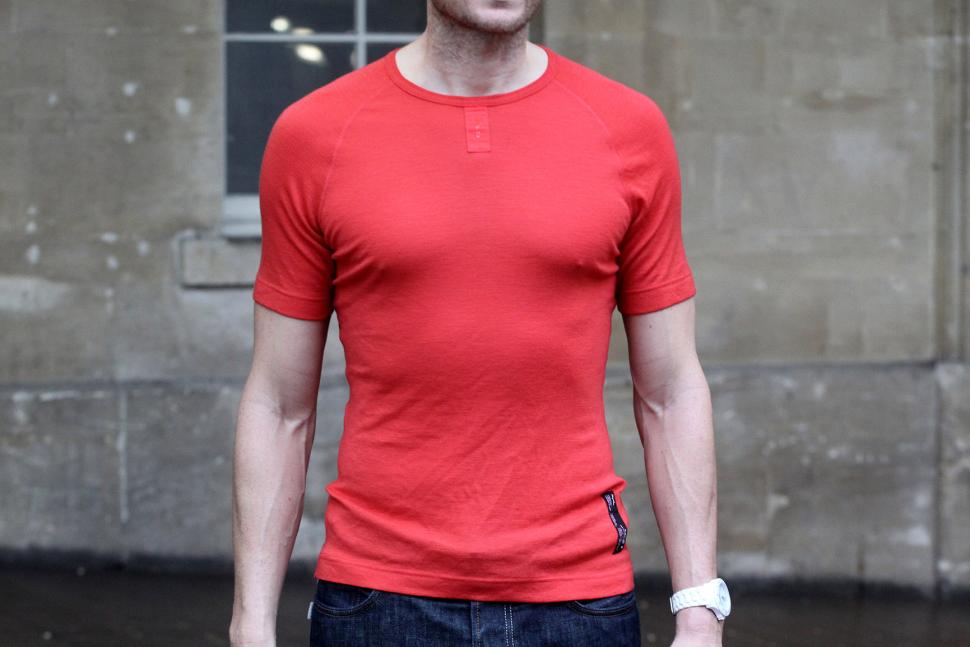Best Merino Wool Base Layers Guide
Wiki Article
What Makes Yak Merino Such A Good Base Layer To Wear For Winter Sports Clothing With Regards To Warmth/Temperature Regulation And Moisture Control?
Yak Merino Wool Base Layers excel in winter sports clothing because of factors that increase the heat, temperature control and comfort.
Both yak wool and merino have natural insulation properties. Yak's hollow fibers are able to trap air and give great warmth. Merino wool is another one that's known for its ability to insulate.
regulates body temperature - The combined fabric regulates body's temperature, capturing heat when it is cold, and allowing air to move through to ensure that you don't become overheated when doing vigorous activities.
Moisture Management-
Merino is a moisture-wicking yarn. The characteristics of Merino draw moisture away and disperse moisture which helps prevent sweat accumulation. Yakwool is also a great way to transfer water. This helps keep wearers dry and comfortable when performing intense physical activities.
Comfort-
Softness- Merino fibers are known for their fine, soft fibers that are gentler to the skin. The addition of soft fibers from yak, also known as merino, increases the comfort of your skin.
Odor Resistance - Both kinds of Wool have natural antimicrobial properties that reduce the spread and growth of bacteria causing odors. This keeps the garment fresh.
Durability-
Strength and resilience- Yak is naturally durable, can be combined with merino in order to create a fabric that is strong and tough. It's perfect for any sport.
Natural Fiber Benefits-
Renewability- Yak and Merino wool are renewable, biodegradable fibers. This makes them eco green selections.
The wools are suitable to deal with a range of conditions.
The blend of yak and merino wool leverages the strengths of each material, resulting in a fabric that excels in providing warmth and regulating temperature, as well as managing moisture, ensuring comfort, and offering the durability. The combination of wool and yak makes a fantastic base layer to wear for winter sportswear, since it meets the requirements of outdoor sports in cold climates. Have a look at the most popular merino wool base layers examples for website info including merino wool long underwear mens, merino ninja suit, merino wool thermals, merino base layer womens, ski base layer pants, cheap merino wool base layer, merino 250 base layer, men's wool leggings, minus 33 base layer, merino wool underlayer and more.

What Are The Advantages Of Wearing Bamboo Clothing With Regard To Thermal Regulation As Well As Uv Protection, Biodegradability And Environmental Impact.
Bamboo clothing has many advantages in regards to thermal regulation and UV protection.
Insulation: Bamboo fabric is a natural material with natural thermal regulating properties that allow for warmth in colder weather. It helps regulate the body temperature as it retains the heat in cooler temperatures and allows for ventilation to allow overheating to be avoided when exercising.
UV Protection
UV Resistant - The bamboo fabric is a natural shield against harmful UV rays. It blocks a significant portion of the ultraviolet sunlight's rays, adding another layer of protection from exposure to sunrays.
Biodegradability-
Eco-friendly- Bamboo clothing is biodegradable, meaning it will break down naturally at the end of its life cycle without leaving harmful residues behind or contributing to environmental pollution. This helps reduce waste and the environmental impact caused by the disposal of clothes.
Environmental Impact-
Sustainability- Bamboo as a raw materials is very ecologically sustainable. It expands quickly and in abundance without the need for pesticides, chemical fertilizers or other chemicals. The impact on the environment is reduced. Rapid expansion makes it a dependable resource.
Low Water Usage- Bamboo uses less water than other crops, like cotton, which makes it more efficient with water. This aspect is important for conservation efforts, and it helps reduce pressure on water resources.
Soil Conservation
Soil Health - Bamboo cultivation typically does not deplete soil nutrients, nor require a lot of irrigation, which contributes to healthier soil conditions as well as reducing the need for destructive agriculture practices.
Carbon Sequestration
Bamboo's carbon absorption capacity is high. Bamboo plants are able to absorb more CO2 than other plants and also release more oxygen into the air. This attribute aids efforts to combat climate change by decreasing carbon emissions.
Bamboo clothing's thermal control, UV protection, biodegradability, and positive environmental impact make it an appealing to people who are looking for sustainable and practical clothing options. These attributes are in line with eco-friendly practices, bringing benefits to both the wearer as well as the environment. Check out the top rated helpful hints for website recommendations including bamboo sportswear, bamboo tee shirts, bamboo tee shirts wholesale, bamboo trousers women, bamboo jeans ross, men bamboo boxer shorts, bamboo under wear, dixxon bamboo shirt, dixxon bamboo shirt, bamboo pants ladies and more.

How Are Merino Wool And Bamboo Clothing Distinct From Ordinary Wool?
Merino Wool Bamboo Clothing, Regular Wool are distinguished by distinct features that distinguish them.
Merino's soft fibers make it soft against your skin. It is less likely than traditional wool to cause irritation and itching.
Merino has exceptional moisture-wicking properties. It draws moisture away from your skin, allowing it to evaporate, leaving you dry and at ease.
Merino wool is exceptionally warm even when wet. It regulates temperature and provides insulation for cold weather, and allows for breathability during hot weather.
Odor Resistant - It inhibits the growth and spread of bacteria that cause odors and keeps clothes fresh for longer.
Bamboo Clothing
The silky appearance is often compared to silk or cashmere. Bamboo clothing is soft on the skin and provides a luxurious experience.
Bamboo fabric is wicks moisture away properties that draw out moisture and help keep your dry.
Temperature Regulation- Bamboo clothing has natural temperature-regulating abilities, offering warmth in winter and breathability to prevent overheating.
Sustainability- Bamboo is a extremely renewable resource that grows rapidly without the need for fertilizers or pesticides. It's biodegradable and has a minimal environmental impact.
Regular Wool
Texture- Traditional wool can vary in texture, with certain types being more coarse and more prone to causing itching or discomfort.
Wool is a great insulation material. It can be very warm, however it may be weighty or large.
Wool absorbs moisture and is consequently less efficient at wicking moisture than merino or bamboo fabrics. But, it keeps warmth even if it is damp.
The benefits of merino are its softness, moisture-wicking capability and resistance to odor and insulation. Bamboo clothing is a luxurious airy feeling. Also, it regulates temperature and is environmentally friendly. Regular wool is different in texture and may not provide the same softness and moisture wicking capability as merino clothing or bamboo clothing, but can provide warmth and insulation. Each material caters to different needs, and all have unique benefits. Check out the most popular your input here for more tips including 400g merino wool base layer, wool mid layer, best wool base layer, merino ninja suit, merino wool long underwear women's, wool long johns women's, smartwool 250 base layer, wool thermals mens, wool base layer womens, merino wool base layer mens and more.
